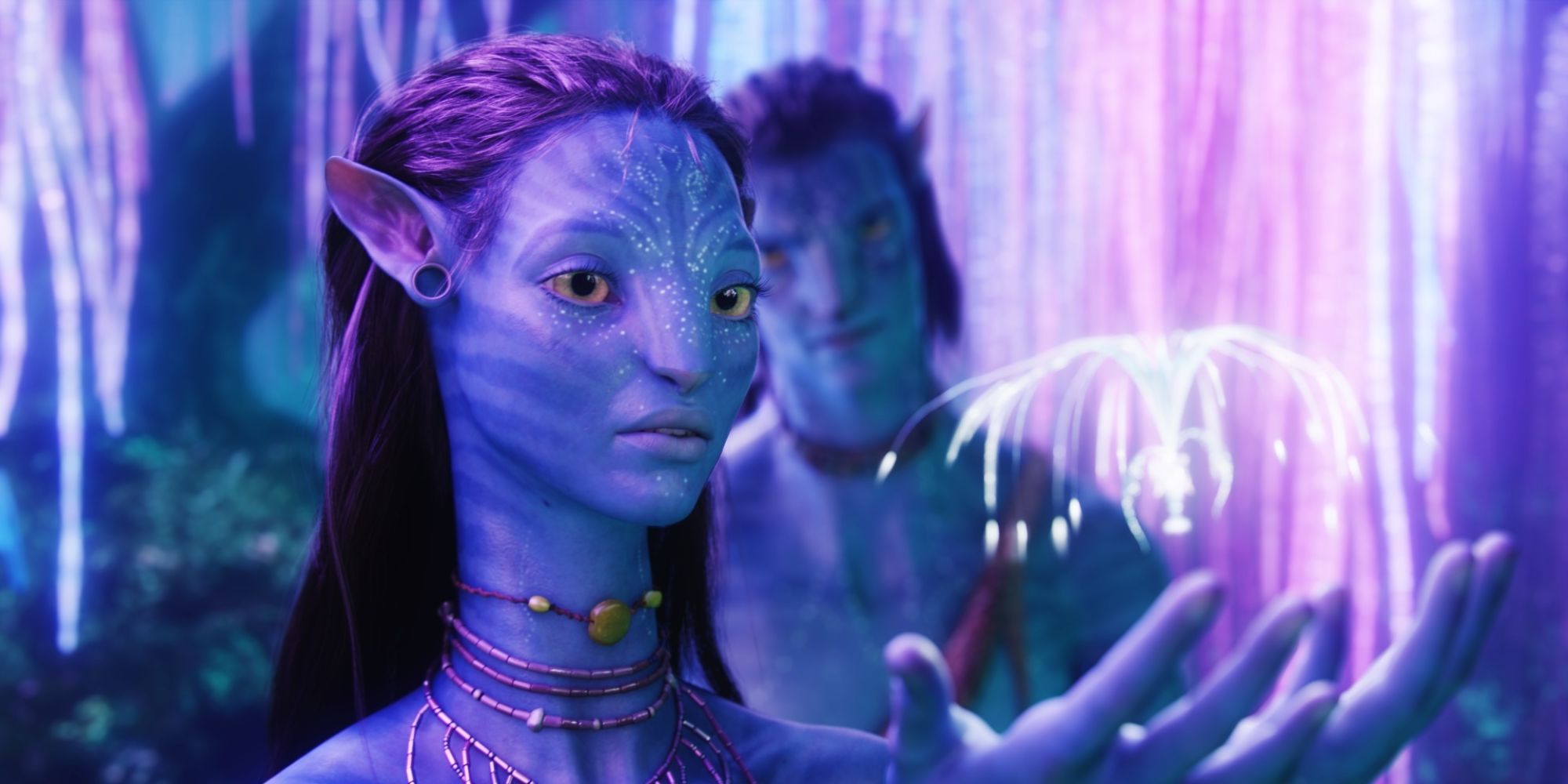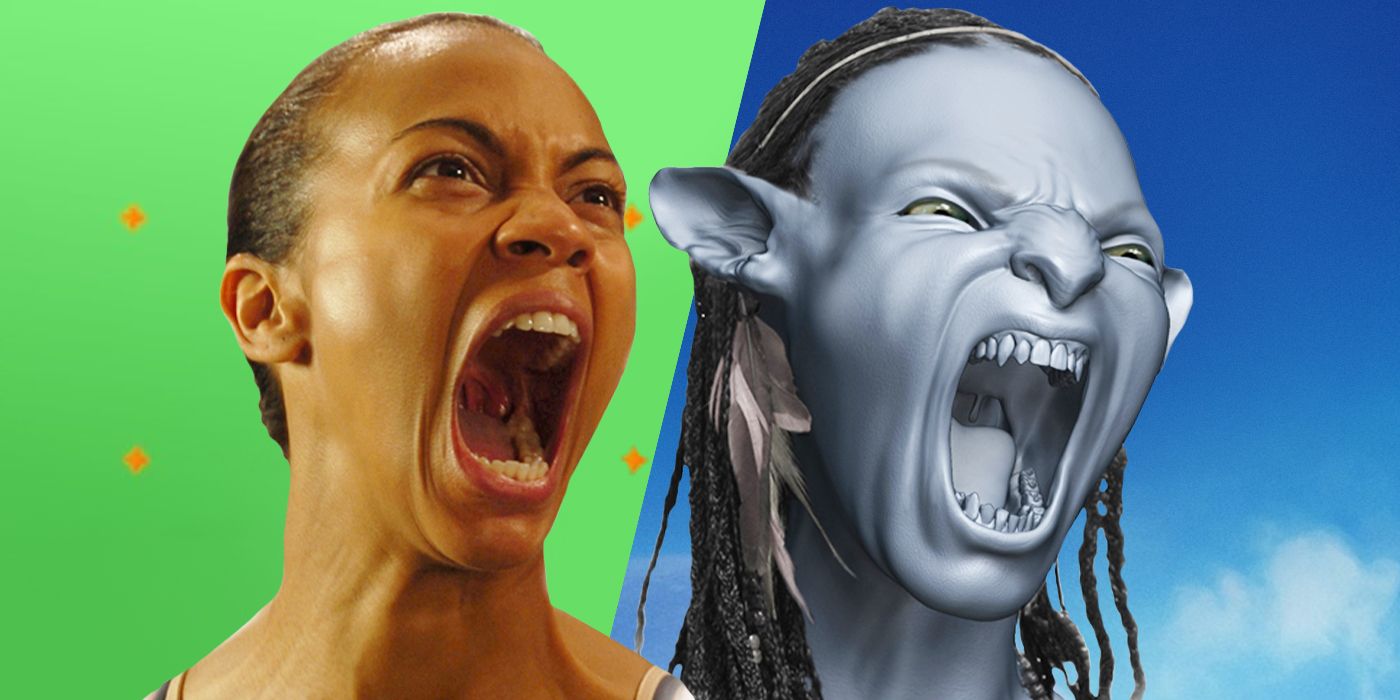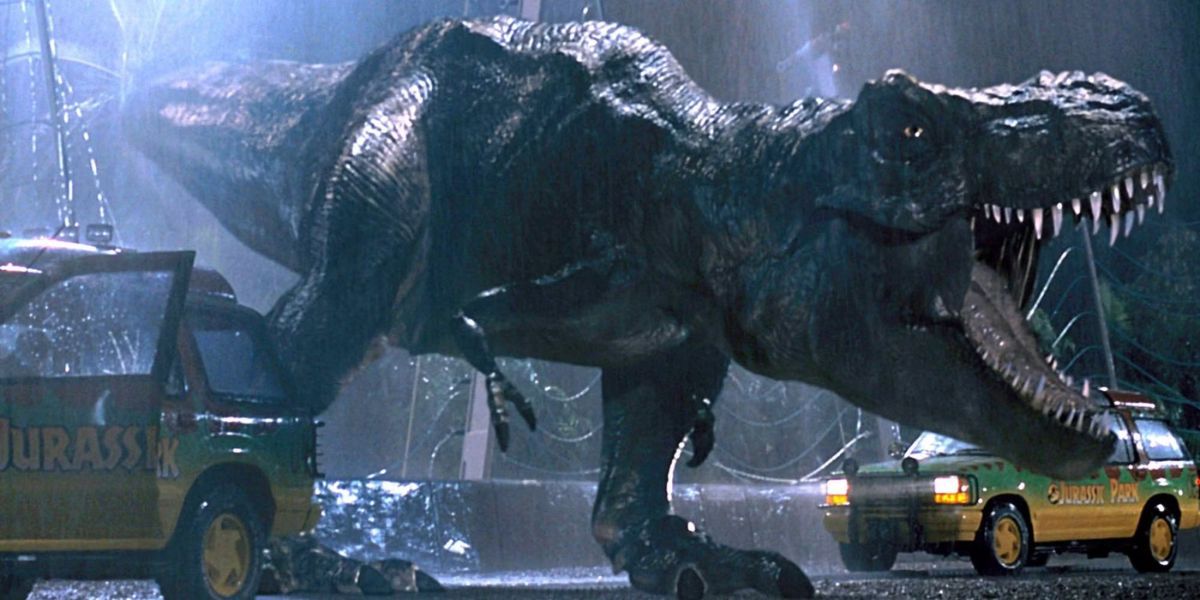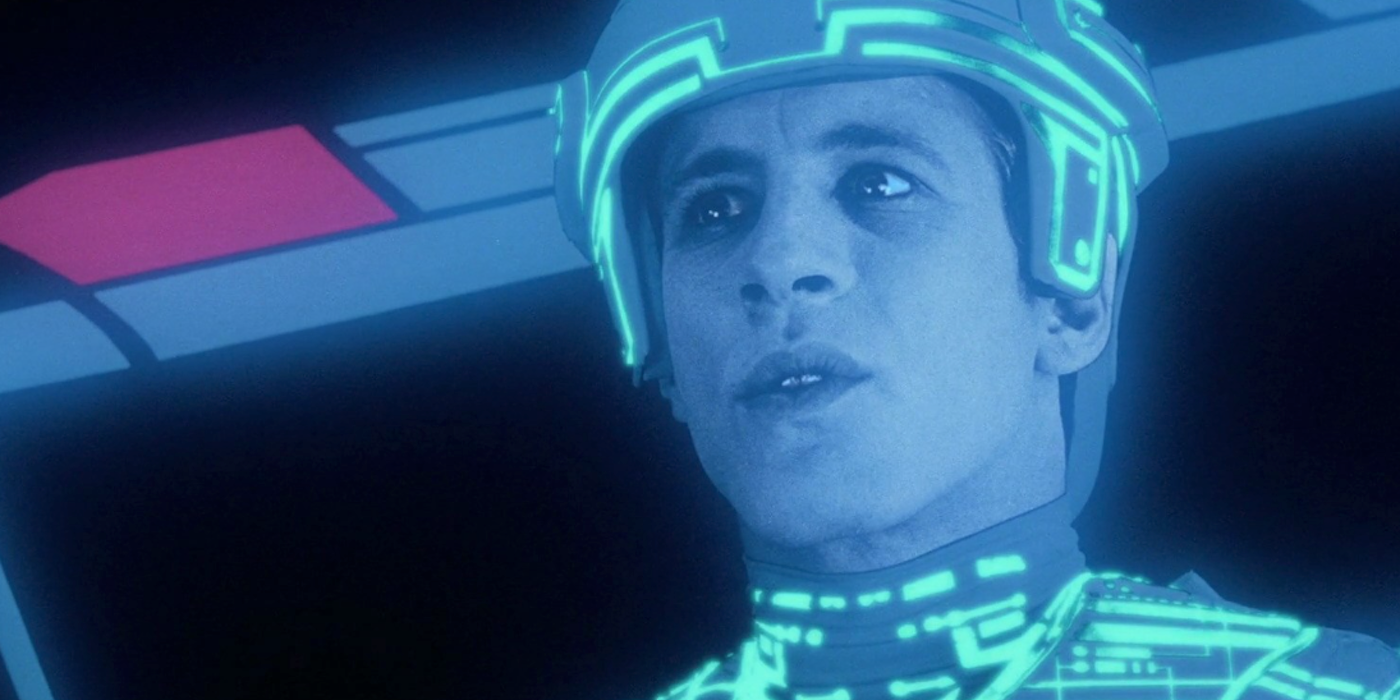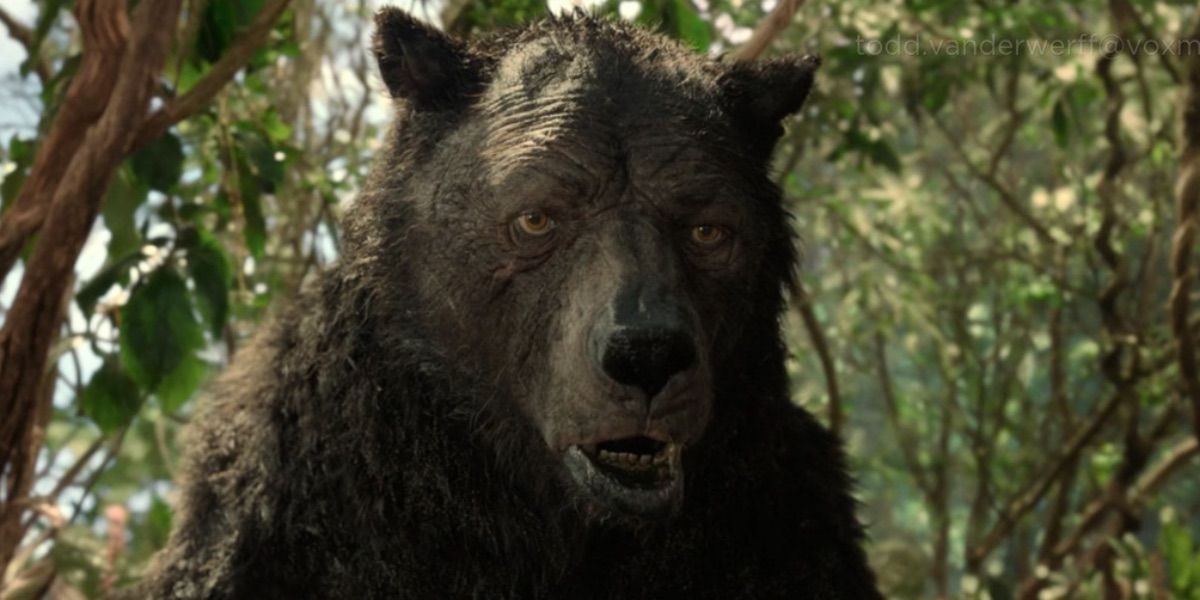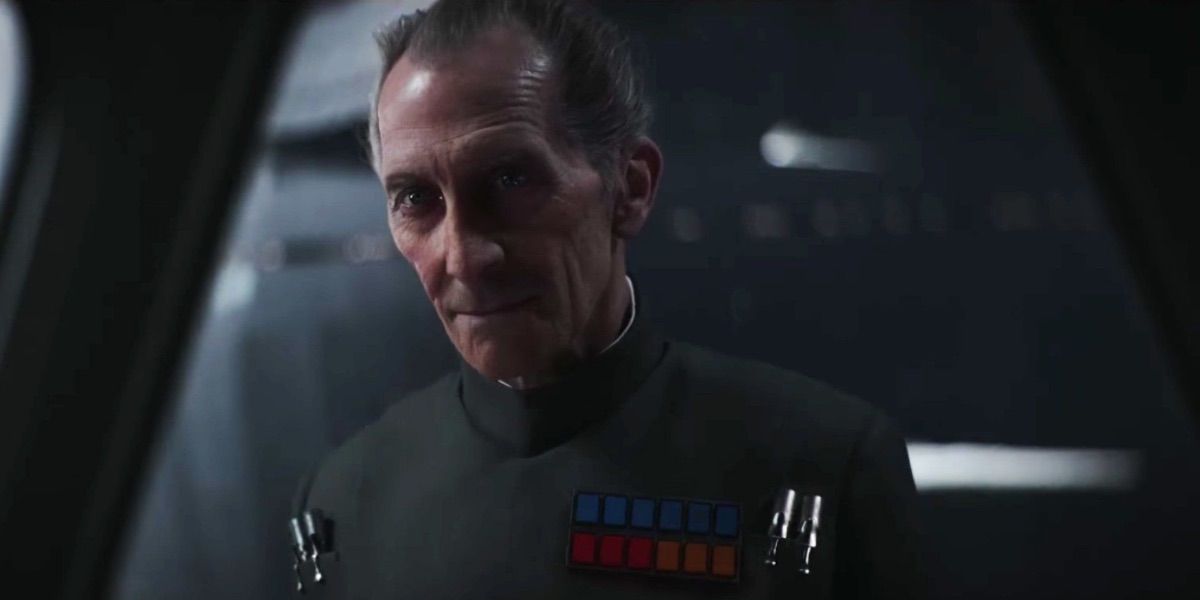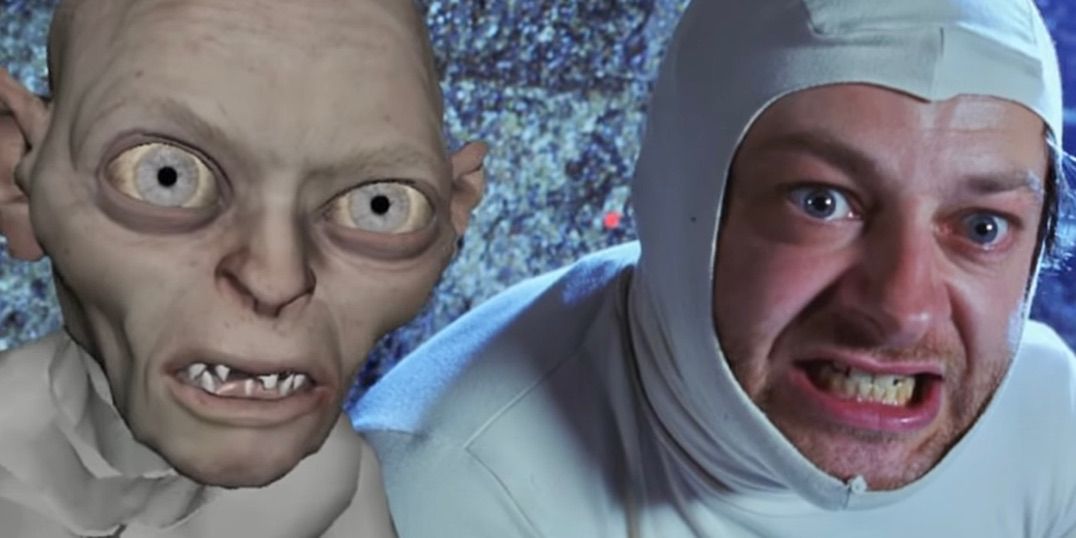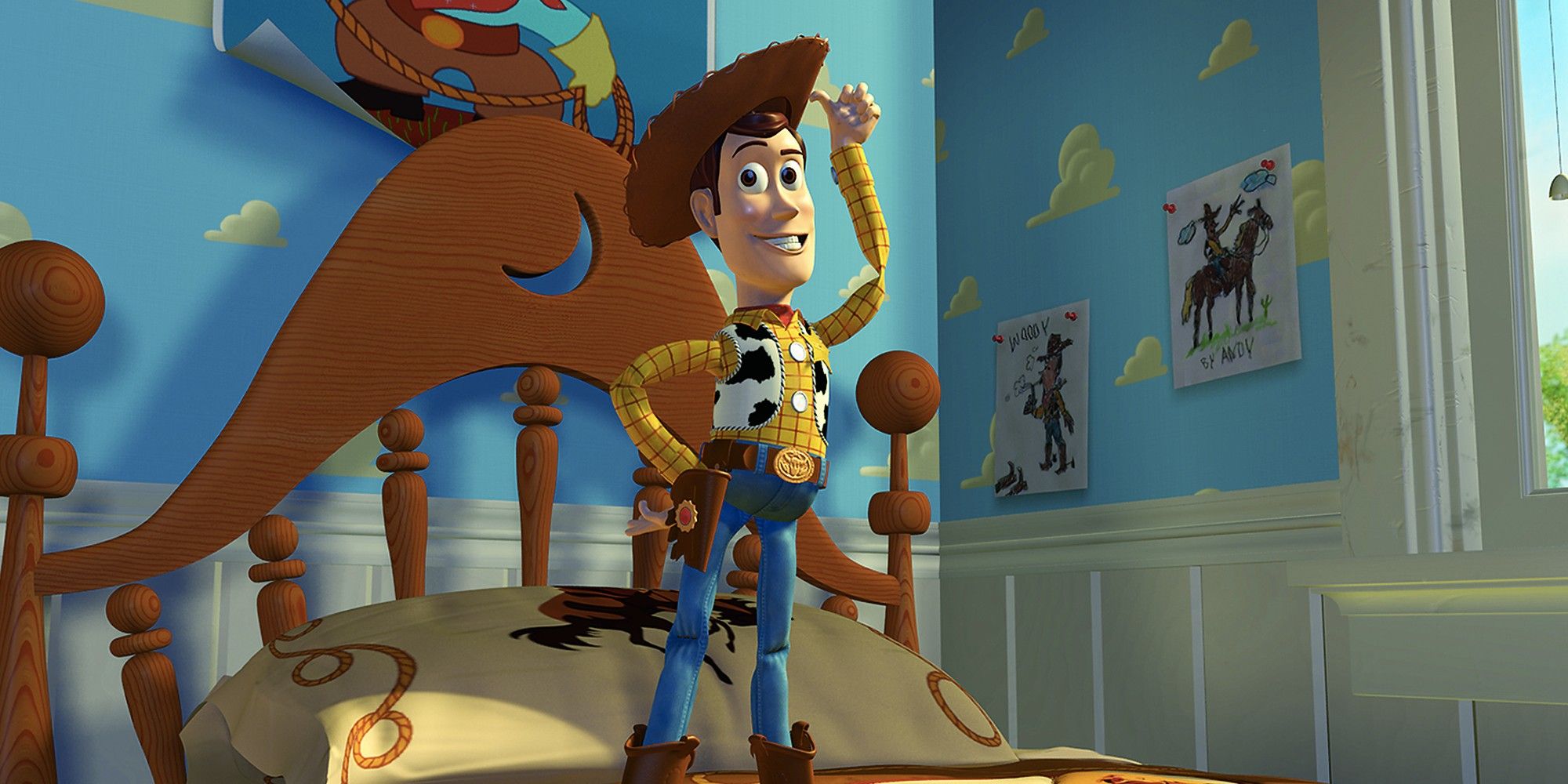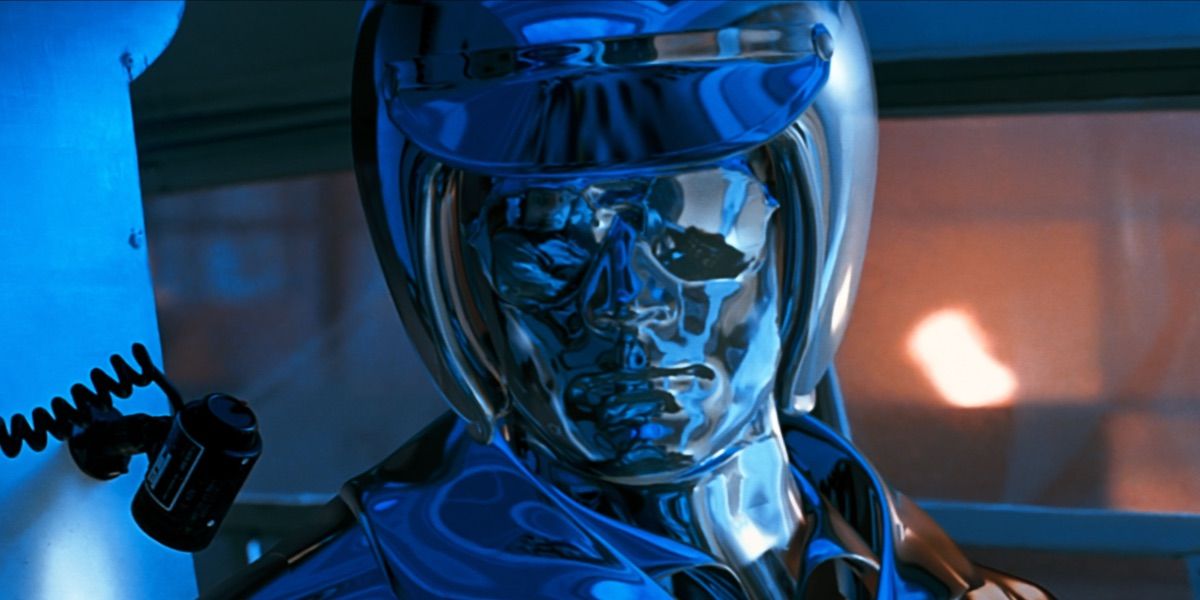Avatar: The Way of Water is officially out in theaters, and fans can't help but remember that first impression of seeing James Cameron's original CGI masterpiece back in 2009. However, technology has advanced quite a bit since then, and other films throughout history have made waves in CGI usage way before Avatar even existed.
As major motion picture companies rely more heavily on CGI these days, it's important to recollect Hollywood's biggest leaps in sciences and engineering in addition to their arts. Consider this the definitive list of CGI milestones in silver-screen history.
'Avatar' (2009) and The Fusion Camera System
Let's all give a round of applause to James Cameron and his Fusion Camera System. Built specifically to film Avatar, this system captures both digital scenery and live-action performances simultaneously from two angles, and combines them to create a 3D perspective.
The "fusion" part of this camera system blends real-life and digital elements from the ground up, which allowed Weta Visual FX to create some of the most realistic CGI characters ever seen on screen. This technology has played a hand in many films beyond Avatar such as Tron: Legacy (2010), Hugo (2011), and 47 Ronin (2013) to develop tangible CGI characters and highly immersive experiences.
'Jurassic Park' (1993) and Industrial Light and Magic
Anyone who's a fan of George Lucas or Steven Spielberg is familiar with Industrial Light and Magic, a special effects company known for their work on Star Wars (1977), E.T. (1982) and many more. Originally pioneers in physical effects, the endeavors in Jurassic Park pushed Industrial Light and Magic further into the digital space, creating CGI renderings of dinosaurs for the first time ever.
CGI renderings of real-life objects isn't news in 2022, but in 1993 it was groundbreaking. The ILM team replicated the physical animatronics that were built for the film, and successfully produced the first realistic CGI animals ever seen on screen. The tedious placement of muscles and joints allowed for a realistic interpretation of the T. Rex, and opened the CGI floodgates upon Hollywood for the rest of time.
'Tron' (1982) and The Walt Disney Company
Fans may be familiar with Tron: Legacy from 2010, but parents and cinephiles will recall the original Tron, a CGI trailblazer, from 1982. Despite being one of Disney's greatest sci-fi fumbles, Tron was one of the first full-length feature films to use CGI as a key plot point and marketing tool.
Directed by Steven Lisberger, this film is set in an advanced cyberspace where real people interact with artificial materials. It's no Da Vinci painting, but Tron's CGI astounded audiences by mixing new CGI elements with old-fashioned hand painting techniques. The film was less than successful financially, but it propelled Disney to explore the next chapter of animated filmmaking that would later earn the company a greater reputation and fandom.
'Mowgli: Legend of the Jungle' (2018) and Framestore
Motion capture fans will instantly recognize the name Andy Serkis. One of the greatest motion capture performers of all time, Serkis portrayed Gollum in The Lord of the Rings (2001-2003), and Caesar in Rise of the Planet of the Apes (2011). He's a true master at physical performance.
Mowgli: Legend of the Jungle was a passion project for Serkis, who collaborated with Framestore to advance animal CGI by morphing it with human motion capture. While no new technology was specifically invented for the film, it was the first time a studio had used actual human faces to craft their animal counterparts, effectively making the panther, Bagheera, look like actor Christian Bale.
'Rogue One: A Star Wars Story' (2016) and Industrial Light and Magic
Rogue One: A Star Wars Story is a fan favorite for many reasons, but one in particular stands out above the rest: a resurrected Grand Moff Tarkin. Making history once again, Industrial Light and Magic surpassed expectations by digitally placing the face of late actor Peter Cushing onto stand-in actor Guy Henry.
Preceding what was to become a Deep-Fake wave, Rogue One managed to replicate Peter Cushing in surreal fashion by mimicking the lighting from Star Wars: A New Hope (1977), using a face mold from one of Cushing's earlier films, training Guy Henry to mirror Cushing's mannerisms, and blending it all together on a computer. The recreation continues to mesmerize, and the CGI still holds up today, seven years later.
'The Lord of the Rings' (2001) and Weta Digital FX
Fantasy films are no stranger to CGI, as they often involve dragons and other mythical beasts. However, Peter Jackson's The Lord of the Rings was limited by technology at the time of it creation in 2002, which makes the CGI behind Gollum even more impressive. Thanks to Weta Digital FX, a brand-new CGI technique was created specifically for the Andy Serkis character.
Eric Saindon, who worked with Weta Digital FX on Rings, said that creating Gollum required "subsurface" CGI. This means that the folks at Weta had to create layers of skin tone and depth to make Gollum's texture look tangible. This is why viewers can see Gollum's veins and pores, making him appear more real than any CGI character seen before.
"Toy Story" (1995) and Pixar
Animated films have been around for literally 100 years, but up until Toy Story had only been 2D hand-drawn films. What makes Toy Story special is that it was the first feature film to be made entirely of CGI elements. At a time when no other CGI films had been attempted, Pixar's success changed the movie business forever.
Pixar not only crafted 3D models of Woody and Buzz on the computer, but also built real physical versions that could be scanned right into their software. And speaking of software, Pixar had to invent software's RenderMan and Menv (the first of their kind) to achieve their vision, considering no other technology existed to create a feature length CGI project.
'Terminator 2: Judgment Day' (1991) and Industrial Light and Magic
One of the best action movies of the 90s, Terminator 2: Judgment Day is another blockbuster hit from James Cameron that achieved CGI success. Fans may recall the first entry, The Terminator (1984) which depicted an animatronic robot. But for this sequel, James Cameron had to make the T-1000 come to life in liquid metal form, and hired famed visual effects company Industrial Light and Magic to do the job.
The T-1000 is a character meant to transform in liquid fashion and be reflective like a mirror, so ILM blended physical props with CGI elements; morphing shots of real mercury with those of a stuntman in a foil suit, or with a silver model of actor Robert Patrick's head. But the true success within T2 is ILMs one-shot of Patrick morphing from liquid metal blob into a fully formed human that would inspire engineers forever.

